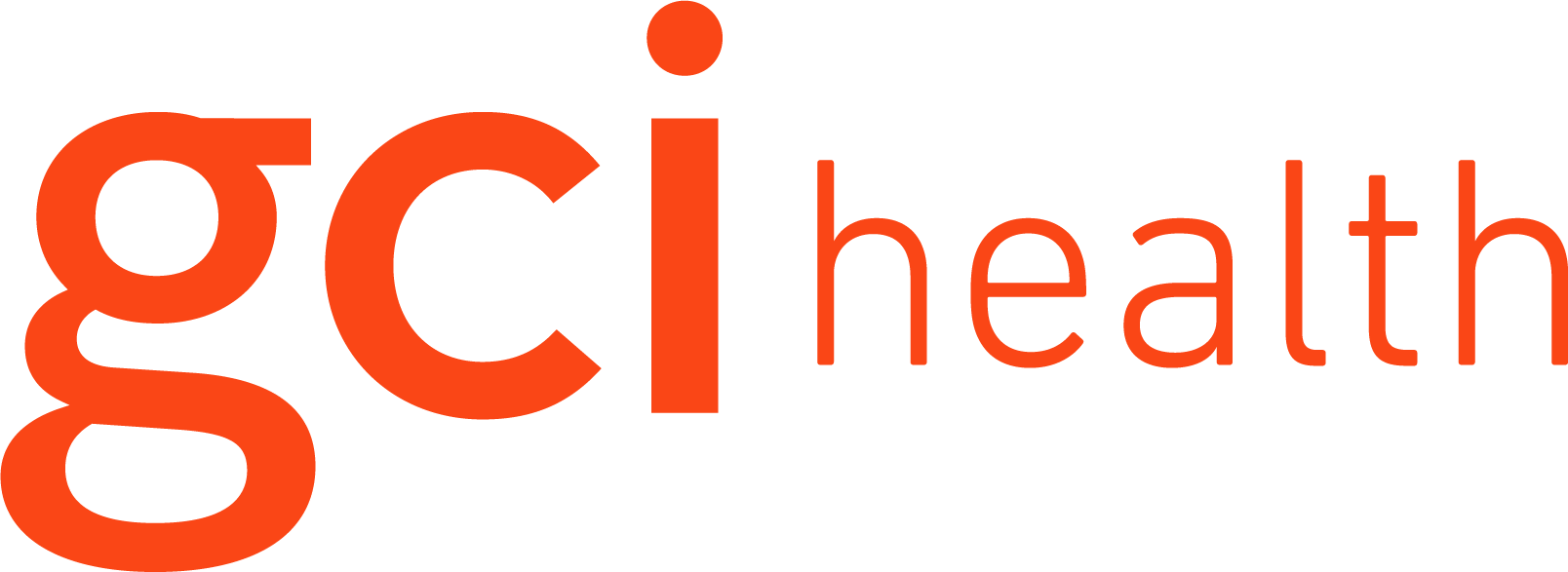The future of opioids marketing should be redefined as we try to find common ground where physicians fully address the safe and appropriate use of these medicines – as well as when they should consider an alternative therapy – and are comfortable prescribing them, while patients are able to trust in their physician’s decision to prescribe an opioid and learn how to use them without unreasonable fear of addiction.
The goal is to drive informed dialogue between prescriber and patients and their families about their specific pain needs, pain management, and all the appropriate treatments that exist to empower the prescriber to make the right determination. Too many physicians are reticent to prescribe opioids out of fear of potential consequences – abuse, misuse, diversion, liability – and need to regain the assurance to prescribe these drugs when appropriate.
We need a radical departure from past efforts that have grown the opioids market – whether by design or not – by making these medications the go-to for all types of pain, even when an opioid is not appropriate.
Future marketing must be ultra-responsible and focus on the safe and appropriate use of pain medications. Modern technologies of today, such as abuse deterrent formulations and Prodrug new molecular entities are available now to help discourage misuse and abuse.
Physician and patient education available today can help ensure appropriate prescribing with small numbers of pills, especially for acute pain treatment. Appropriate storage and disposal of unused medications are actions that can occur today to reduce diversion into the misuser orb. In short, the opioid marketing of tomorrow is available today – if all players are willing to change.
Efforts should be a partnership between industry, government, public health, and others to focus on key issues and create a paradigm shift in the way these medications are accessed. Balancing responsible prescribing with meeting the pain management needs of patients is a challenge, but given the life or death nature of addiction and chronic pain, we all have a stake in communicating in a new and different way.
Written by: Wendy Lund, CEO, GCI Health
GCI Health forged a partnership with Hearst women’s title Redbook and online health information source HealthyWomen.org. The HealthiHER Project is an attempt to better understand the health habits of women 30-60 years of age. As a first step in the project, there will be a survey of women in that demographic, addressing their healthcare decisions and needs. The goal of the research is to give these women the information and inspiration they need to make healthier choices. “We’re excited to be working with Redbook and HealthyWomen to uncover some key insights that will help us better communicate with this important population,” said GCI Health CEO Wendy Lund.

